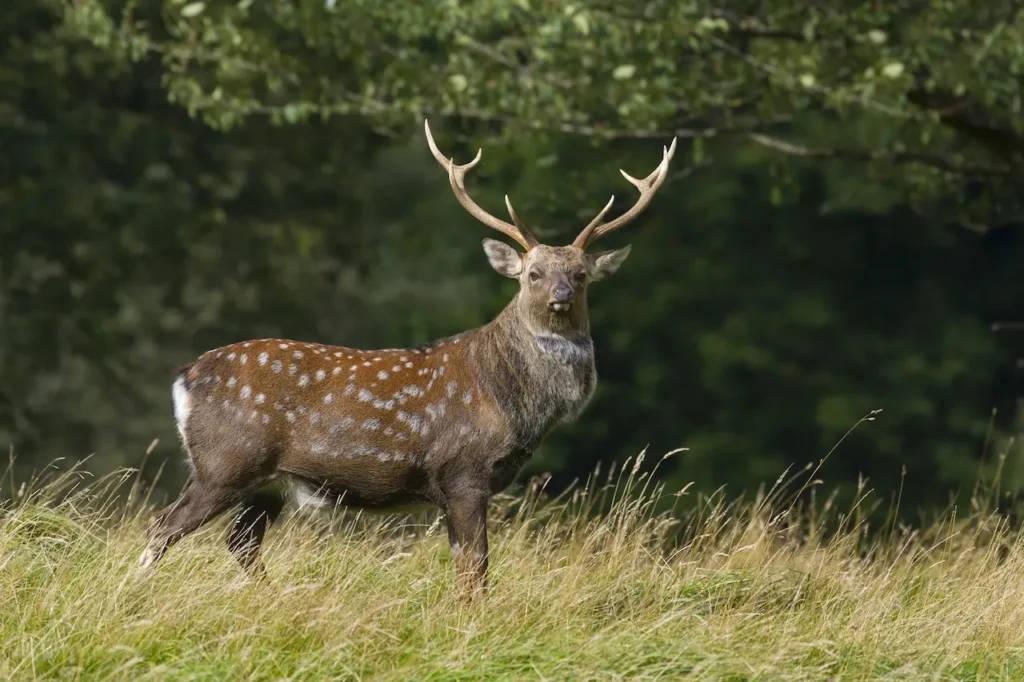Sika deer fact file
The
Sika deer fact file
Identification tips – hinds can be easily confused with roe deer because of their similar size and coat colour – a gingery-red in summer turning to a greyish-brown in the winter months. Stags tend to be a much darker brown, with a scruff of hair on the front of the neck. Sika’s often have pale spots either side of a dark stripe running along the spine. When the spots fade in winter the line of darker hair remains. A white rump is also a distinguishing feature.
Sika stags have branched antlers typically with four points each side.
Preferred habitat – open heathland and woodland. They like to be close to wetland areas, making the New Forest bogs an ideal place to find them.
Diet – grasses, heather and low shrub make up most of the diet. They will also feed on low-hanging tree branches and fresh shoots, as well as fallen nuts, berries and acorns. A small proportion of fungi is also consumed.
Breeding – The deer mate in late summer and give birth to a single calf the following May/June. Sika calves develop quickly and are fully independent of the mother within 7 to 10 months.
Other points – British Sika deer are of Japanese origins, and apparently the ones of the New Forest are descendants of a pair of Sika deer that escaped from the Beaulieu Estate in the early 1900s!
They are relatively few in number and stay in the southern half of the Forest, around the Brockenhurst area. If you ever see one there, let me know!
Related Sites
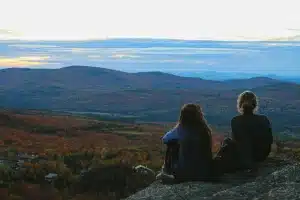
Why Time in Nature Complements Daily Astrological Guidance
Many of us start the morning with a quick look at our horoscope. A few lines can help name our mood, highlight a tension, or point out an opening in the day. What often gets
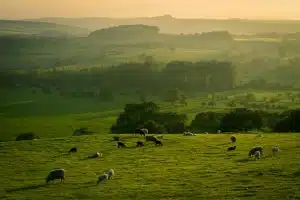
UK’s best natural spots
Wilderness escapes are not for everyone, that’s for sure. Some people simply prefer holidays where they can lounge all day and take it easy instead of being active, going hiking, swimming, or cycling. But there
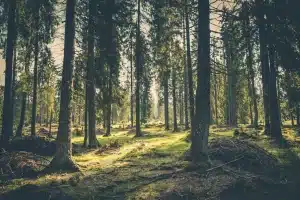
Tech Hacks for Exploring the New Forest National Park
The New Forest National Park in the UK is one of Britain’s most enchanting natural destinations. Covering ancient woodlands, open heathlands, and winding walking trails, it offers visitors a chance to step back in time
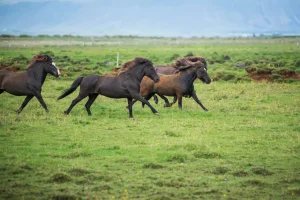
The Benefits of Outdoor Life for Horses
Life outdoors shapes stronger, healthier horses. Sunlight fuels the body with vitamin D, which helps bones grow dense and resilient. Space allows movement that stables cannot match. A horse stretching into stride, breathing clean air,

New Forest Getaway
The New Forest in southern England is unlike anywhere else, one moment you’re on a country lane, the next you’re face to face with a pony blocking traffic. Villages with thatched roofs appear out of

How Satellite Imagery is Transforming Wildlife Conservation
Today, a myriad of species and their habitats are struggling to survive and are on the verge of extinction due to permanent pressure on deforestation, climate change, and unlawful activities like illegal mining and logging.

